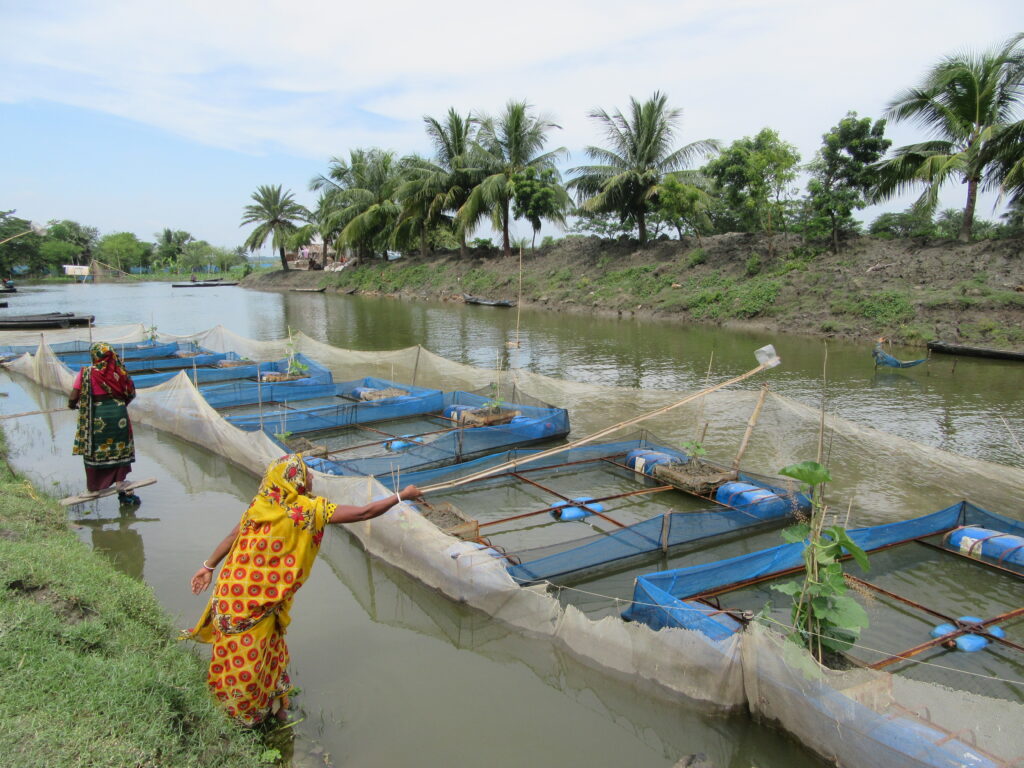Defining Transformation in Locally Led Adaptation
Transformation has received a significant attention in climate change dialogue recently and as practitioners, Mercy Corps and our partners in The Zurich Flood Resilience Alliance are eager to advance transformative approaches beyond theoretical terminology into a tangible set of actions that can be applied in local adaptation projects to achieve inclusion, scale, sustainability and localization of interventions.
Whilst the literature often refers to fundamental systemic change and set big ambitious goals – through political restructuring and policy shifts these broad definitions can overlook the more incremental changes that need to happen at the local level for transformative programming often restricted by timeframes and resources constraints faced in local adaptation programs.
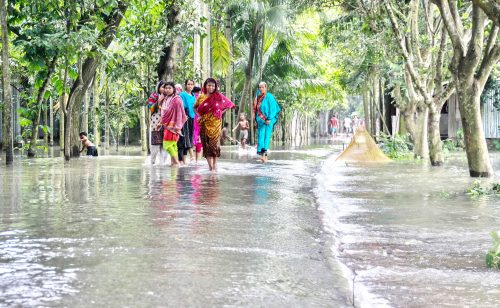
Practical Action
To address these challenges The Global Resilience Partnership, Zurich Flood Resilience Alliance and Mercy Corps convened a number of expert speakers from IIED, Asian Development Bank (ADB), Climate Investment Funds (CIF), and USAID at the Asia Pacific Climate Week to explore how local climate adaptation programs have contributed to transformational change in the Asia Pacific region.
The discussion prominently featured a number of other intersecting themes aimed to advance climate change adaptation at the local level. Including the 8 principles for Locally Led Adaptation that were recently launched at the Climate Adaptation Summit (CAS 2021). Speakers demonstrated how these principles are critical for the achievement of transformative adaptation.
The session speakers illustrated examples of characteristics of transformation developed by Oxford Policy management’s Action on Climate Today (ACT) program:
- systemic change,
- operating at scale,
- catalyzing broader change,
- inclusion, and
- sustainability.
Examples of transformational adaptation in action
These characteristics were adapted to assess community based initiatives and have been used to analyze a number of practical case studies of adaptation programs at the local level.
Kashmira Kakati from USAID Nepal provided a strong example of how municipal governments have been working with community bodies in the hills of the country to encourage decision making across administrative boundaries to promote adaptation and conservation of watersheds, including through legislation. This has led to sustainability of the program and the process is now being adopted in new watersheds beyond the project geography.
Aditya Bahadur from IIED, one of the architects of the transformational adaptation framework, explained how when the characteristics were being developed, they recognized that adaptation actions needed to influence processes beyond narrow geographic programs, that catalytic change requires wider coordination, and programs should design pathways for future evolution and adoption of interventions.
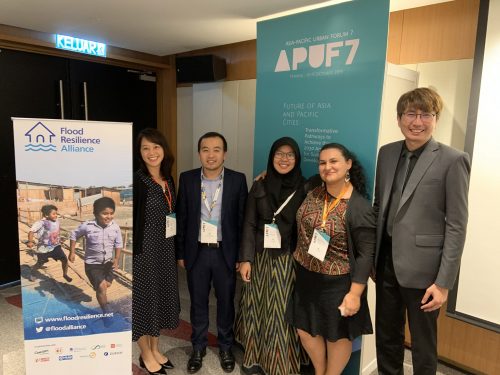
Mercy Corps
Arghya Sinha Roy of ADB highlighted how scale needs to be addressed across the characteristics and that different types of scales need to be understood and considered, beyond just the geographical scale. Designing programs and strategies around national legislation can be a way to ensure the sustainability and scale of successful approaches. Although care is necessary to not reinstate existing power dynamics. Successful components of programs should be advanced into regular development programs and activities and not always rely on targeted climate finance.
Sushila Pandit of Mercy Corps presented the story of a woman participating in a program in Nepal’s Terai region who had been excluded from community planning for climate change. Her experience highlighted the multiple layers of inclusion that need to be unpacked for inclusive programming, often starting from the household level. Programs need to deeply understand the context of historically marginalized groups and strive to move beyond just participation. Ensuring dignity and respect, and addressing underlying contextual drivers of vulnerability are key for inclusive decision making and programming.
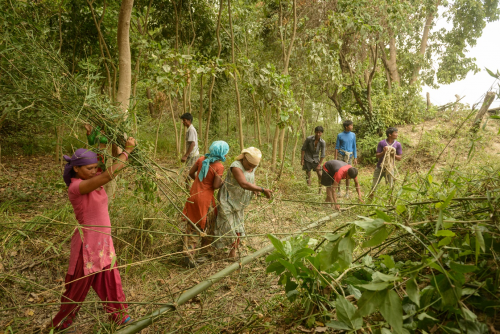
Mercy Corps
Dr Xianfu Lu from Climate Investment Funds provided an example of a tool to measure signals of change in sustainability including establishment of process and local ownership. Clear phase-out plans should be embedded into program design to identify ‘who does’ and ‘who pays’ after the initial program and should not be an afterthought when the program is ending. Flexible management and operations are crucial to transformation. This includes donor flexibility that allows adapting and refining to ongoing shifts and changes in contexts during implementation.
Pathways of transformation
The session speakers and participants outlined a series of recommendations for advancing transformative adaptation including:
Localization: Group discussion on the characteristics validated and re-emphasized the importance of locally led adaptation. Communities need to see tangible improvements. Activities need to directly and measurably impact and improve peoples’ lives to encourage ownership and buy-in for future and adaptive planning. Sushila Pandit explained how external actors need to be facilitators but interventions and plans need to be self initiated by participants.
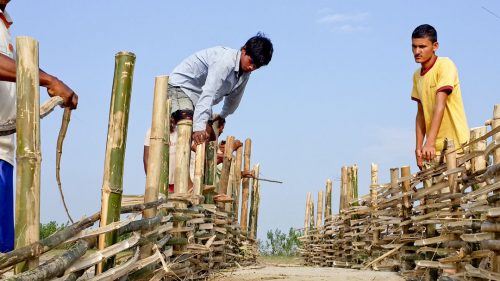
Mercy Corps
Timeframes: Dr Xianfu Lu highlighted how the Climate Investment Fund has added a dimension to their framework for transformation related to timeframes and “speed” of transformation. Contributions to these characteristics of transformation have been most evident in contexts where programs and interventions have been active over significant time periods, have strong local partners and deep contextual knowledge and understanding. For example Mercy Corps’ Managing Risk Through Economic Development program which has been running for almost 10 years. The typical program cycle of 3-4 years was noted as insufficient to establish enabling conditions for transformative change.
Aiming for transformational change may not always be feasible or desirable: Transforming the well-being and securing long term adaptation of communities requires intensive and sustained support, and scaling should not happen at the expense of quality service delivery. ACT has highlighted how not all programs should have transformational change as a goal and sometimes immediate life and livelihoods saving approaches are required over longer term systemic change
Financing: Patient and predictable funding is key. This is a core principle of local adaptation. But, it’s very ambitious given the significant uncertainty in climate financing for local adaptation interventions. However, expectations can be established early and diverse funding sources explored from international climate finance mechanisms, national development and climate funds, private sector and community investments. Overreliance in single sources of funding may result in backsliding in adaptive processes following completion of short term projects.
In conclusion – context matters
The defined characteristics can be used to assess progress in transformation in locally led adaptation but the achievement is entirely context specific and requires deep understanding of communities, stakeholder incentives, differential vulnerabilities, and the enabling political, ecological, social and economic systems and conditions these groups are reliant on. The design, implementation, and management process of adaptation programming needs to be locally led by those who are affected by climate change impacts.
This blog was originally published on the Zurich Flood Resilience Portal.
Visit the event page for more information and to watch the recording.
